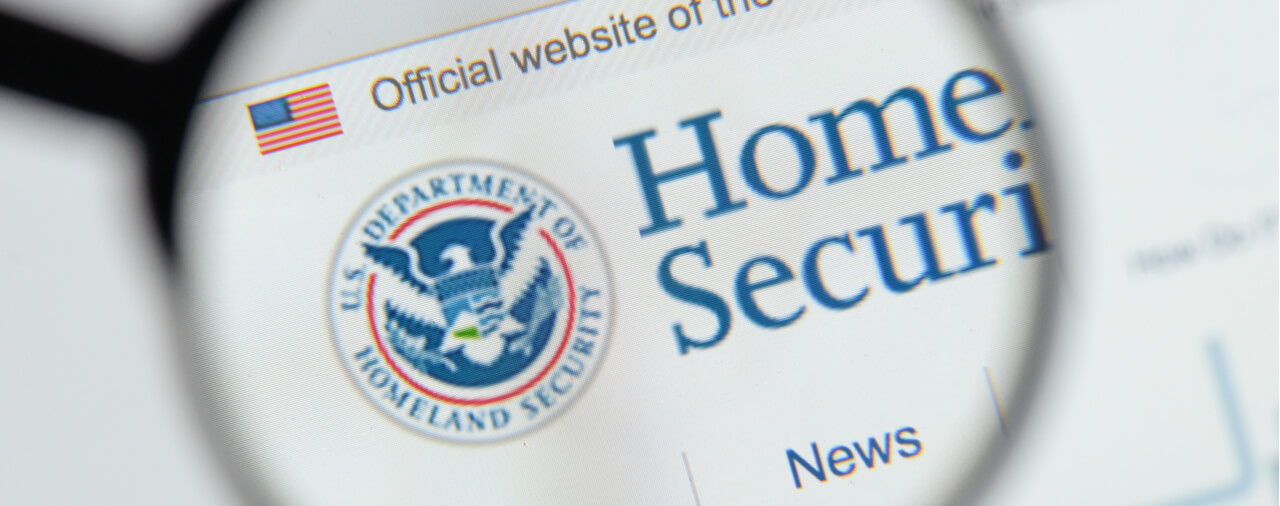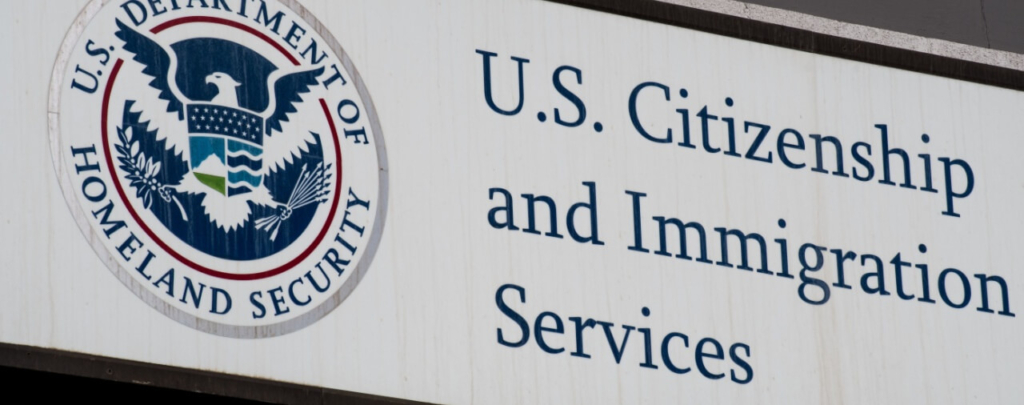On January 15, 2016, the Department of Homeland Security (DHS) posted new final rules to the Federal Register (81 FR 2068, 1/15/16) [PDF version]. The new rules will go into effect on February 16, 2016. The new regulations will affect the following immigrant and nonimmigrant categories:
EB1B Outstanding professors and Researchers
H1B1 (Free Trade Agreement Workers in a specialty occupation from Chile and Singapore)
E3 (specialty occupation professionals from Australia)
CW1: CNMI-Only Transitional Worker (only applies in the Northern Mariana Islands)
In this post, we will examine all of the new rules in 81 FR 2068.
EB1B Outstanding Professors and Researchers: Comparable Evidence Permitted
A petitioner who is filing an immigrant visa petition on behalf of an alien in the EB1B preference category for outstanding professors and researchers must submit specific evidence that demonstrates that the beneficiary is an outstanding professor or researcher. These regulations are found in 8 C.F.R. 204.5(i)(3)(i). The new regulation, which will be found in 8 C.F.R. 204.5(i)(3)(ii), will allow for the submission of “comparable evidence” to the types of evidence that are listed in the regulations when applicable. This will mirror the comparable evidence provision found in the similar regulations for demonstrating eligibility for EB1A classification (extraordinary ability).
The DHS explains that the regulations were designed so that petitioners could submit comparable evidence such as the professor or researcher having “important patents or prestigious peer-reviewed funding grants” (81 FR 2070).
Clarify that E3 and H1B1 Nonimmigrants Authorized Incident to Status to Work for Specific Employer
By statute, an E3 or H1B1 nonimmigrant is authorized for employment incident to status for the employer that filed the petition on the nonimmigrant’s behalf. This means that they are authorized to engage in employment for the specific employer without obtaining a separate employment authorization document.1 However, the regulations did not reflect the statute in this regard, in part because the classifications were established in 2005 and 2003 respectively. Accordingly, the new rule will update 8 C.F.R. 274.a.12 to bring the regulations in line with the statutes authorizing the E3 and H1B1 categories.
The new regulations will be found in 8 C.F.R. 274a.12(b)(25) [E3] and 8 C.F.R. 274a.12(b)(9) [H1B1].
Continued Employment Authorization for E3, H1B1, and CW1 Categories With Timely Filed Extension of Stay Pending
A Nonimmigrant in the E3, H1B1, and CW1 or category will be authorized to continue working for the same employer for up to 240 days after the authorized period specified on his or her Form I-94 while a timely filed extension of stay application is pending (provided that the beneficiary is eligible for an extension). For E3 and H1B1 nonimmigrants, the extension of stay is filed on the Form I-129, Petition for a Nonimmigrant Worker. For CW1 nonimmigrants, the extension of stay request is filed on the Form I-129CW, Petition for a CNMI-Only Nonimmigrant Transitional Worker.
This brings the regulations for these categories in line with similar nonimmigrant work visa categories.
The new rule amends 8 C.F.R. 274.a.12(b)(20).
Existing Regulations on Filing Procedures for Extension of Stay and Change of Status Requests Now Include E3 and H1B1 Categories
The DHS amended 8 C.F.R. 214.1(c)(1) [extension of stay] and 8 C.F.R. 248.3(a) [change of status] to include the E3 and H1B1 categories. This will mean that the E3 and H1B1 categories will now be formally included in the regulation that lists nonimmigrant categories eligible for extensions of stay and change of status.
Conclusion
The new regulations are entirely favorable for immigrants and nonimmigrants in the affected categories.
The comparable evidence provision for the EB1B preference category will expand the types of evidence that a petitioner may submit to demonstrate that the beneficiary qualifies as an outstanding professor or researcher. However, it is important to note that the evidence must be “comparable” to the types of documentation listed in the regulations.
The regulatory changes for the E3 and H1B1 categories make the regulatory provisions for them the same as for similar nonimmigrant visa categories. These changes were necessary because the relevant regulations had not been updated since the E3 and H1B1 categories were created. The most significant change for the E3 and H1B1 categories is the amended rule to allow E3 and H1B1 nonimmigrants to continue to work for the same employer with a timely filed extension of status request pending. It is worth noting that this provision also extends to CW1 nonimmigrant workers in the Northern Mariana Islands.
Resources and Materials:
“DHS Enhances Opportunities for H-1B1, E-3, CW-1 Nonimmigrants and Certain EB-1 Immigrants, Final Rule Posted,” USCIS, (January 15, 2016), available at https://www.uscis.gov/news/dhs-enhances-opportunities-h-1b1-e-3-cw-1-nonimmigrants-and-certain-eb-1-immigrants-final-rule-posted [link]





